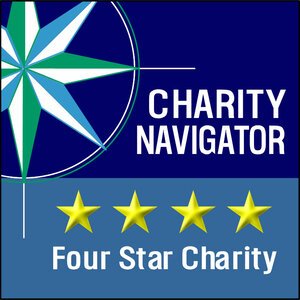by Robin Wignall
I'm a nerd, I own that. I have read the last couple years worth of Nevada Reads books as they were announced and was more than slightly disappointed that this past year there weren't new ones selected. No, this isn't a book review, but an admission that one of the books I read (Miracle Country: A Memoir by Kendra Atleework) got me thinking. And no, not just about the weird poppy error in the edition of the book I bought: the book says prickly poppies are orange, which they aren't, but California poppies are. Needless to say, I had to pull myself back from writing the author a short treatise on plants and the orogeny of the Sierra Nevadas (because it's better understood than the book would lead you to believe) .
Sidenote: Orogeny is one of my favorite nerd words because it sounds slightly dirty but means so much more. I imagine the formation of mountain ranges is rather dirty work.
Ms. Atleework mentioned found community, which got me thinking about the communities (and work environments) that I've landed in during my life. In wildfire work, there are standing overhead teams that will come in for larger fires (Type 3 and above). These aren't like sports teams that drill and drill. They practice, yes, but it's more do and do. A fire starts, the team comes together–some first-string, some second-string, and a surprising number of pickup team members–all focused on supporting the folks on the fire line. It's not unlike watching a hive of bees if you've had the chance. No matter what capacity you're serving on fire, there is a qualification checklist and, frequently, task books that need to be signed off on by qualified folks. From my perch, I’ll see trainees tucking in behind their mentors and being fledged as their confidence and ability grow. The yurts (or the mobile office trailers) go up in whichever field or meadow we've been assigned. Sometimes, we're in school gyms or rodeo arenas (that's some good tent sleeping on the groomed sand, if I'm honest). Yes, all federal, and most state, wildfire organizations camp while on wildfires. So not only are they working 16-ish-hour days, but also sleeping on the ground between shifts, everyone from the incident commander down to the folks making sure everyone is fed and paid.
Fire camp at the East Slide Rock Ridge Fire, 2008. The fire crew pitched their tents in the meadow at Agee Smith’s Cottonwood Ranch (part of the Shoesole Resource Management Group). The hotshot crews helped Agee with branding when they weren’t up on the mountain. Photo by Robin Wignall.
In the middle of all that a community frequently springs up, making sure special days are acknowledged, helping where help is needed no matter if it's your job or not, talking through those big life decisions, making sure folks get demobbed timely if there's a family emergency just because it's the right thing to do. I've seen love found, marriages dwindle, kids grow and thrive, or in one case, pass away. Through it all, the community was there for one another.
Community gardens, outdoor activity groups, folklife centers all have the potential to be that adoptive community entry point, where the usual folks mingle with less frequent attendees and recent transplants, welcoming them to town and helping them navigate the cultures and climate of the area. For example, there are 90 days of growing season in Elko. It's anyone's guess which 90 they are, though. Between the unpredictable late-spring frosts and season-ending early-fall frosts, some years it's hard to grow a tomato let alone corn. Perennial optimists like myself (I’ve done 12 growing seasons here now) help newcomers navigate these quirks. Likewise, the new folks bring fresh perspective to the areas that we look at everyday. They remind us that the arch on Hinkey Summit in the fall is worth a drive, and so are the spring flowers up Soldier Canyon. Or, the Saturday steak fry at the bar in Paradise Valley–call ahead to reserve a plate! Yeah, they might bring in some far-out ideas, but they can also help us remember that we can change that annoying thing for the better too.
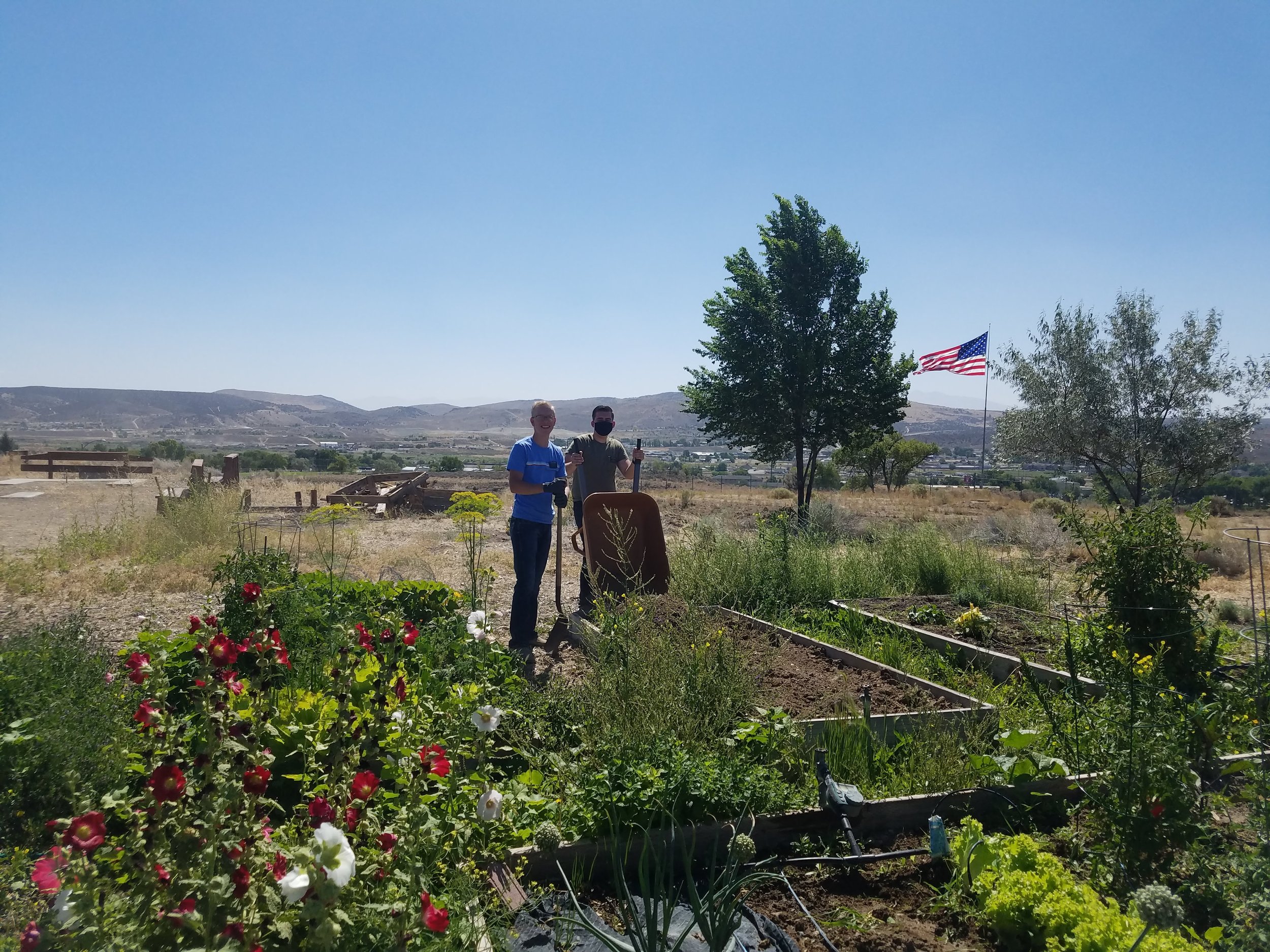
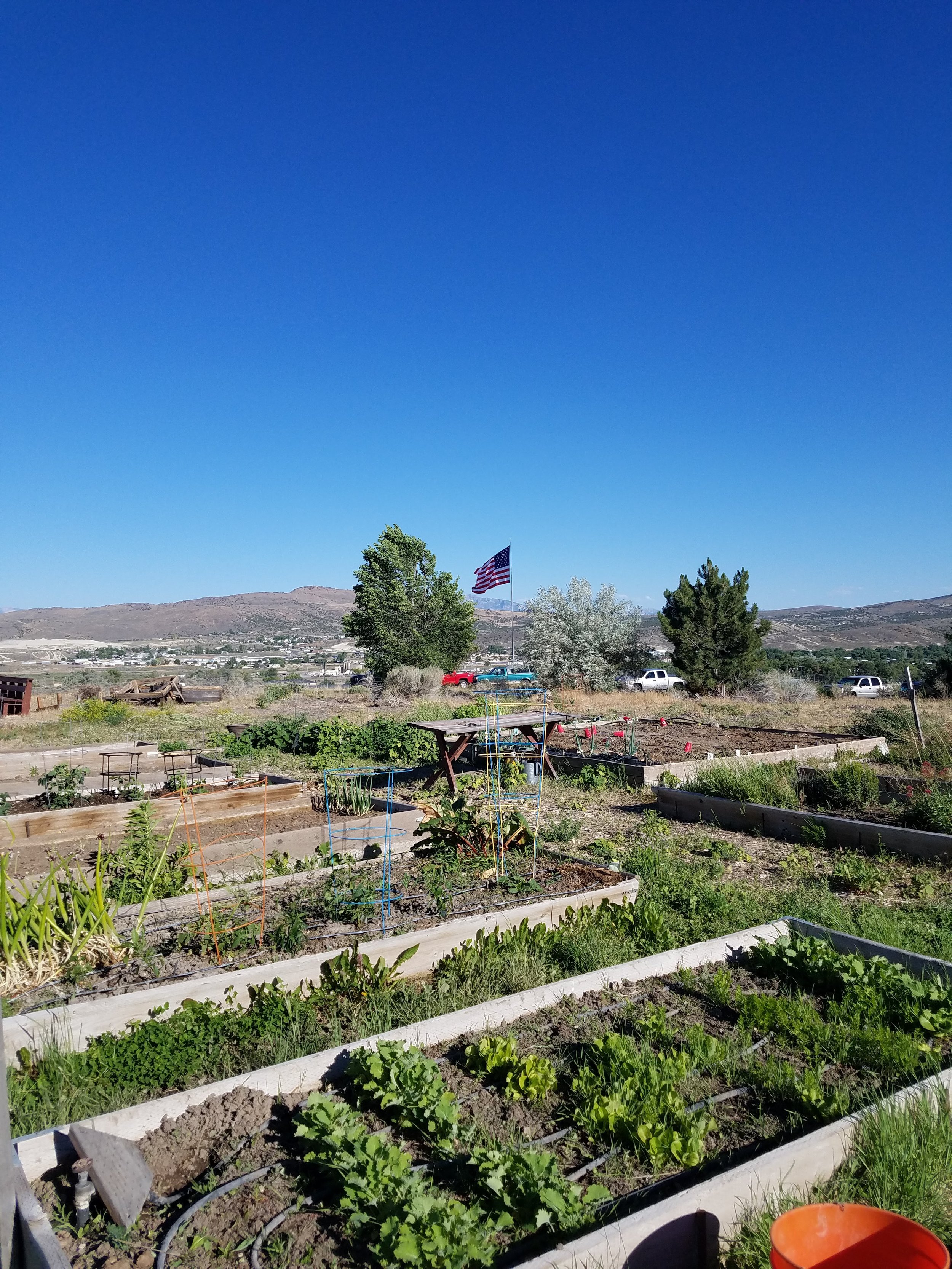
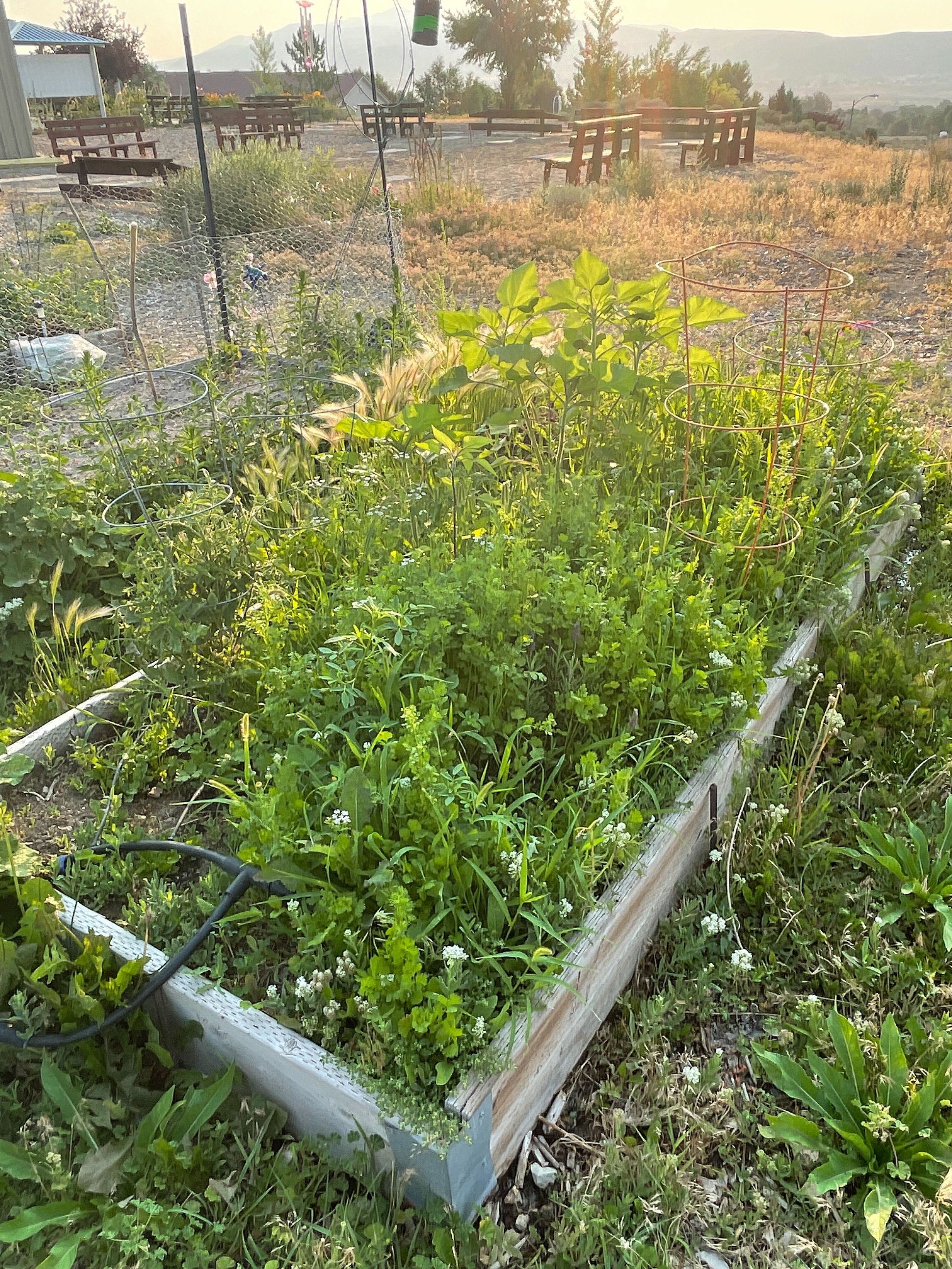
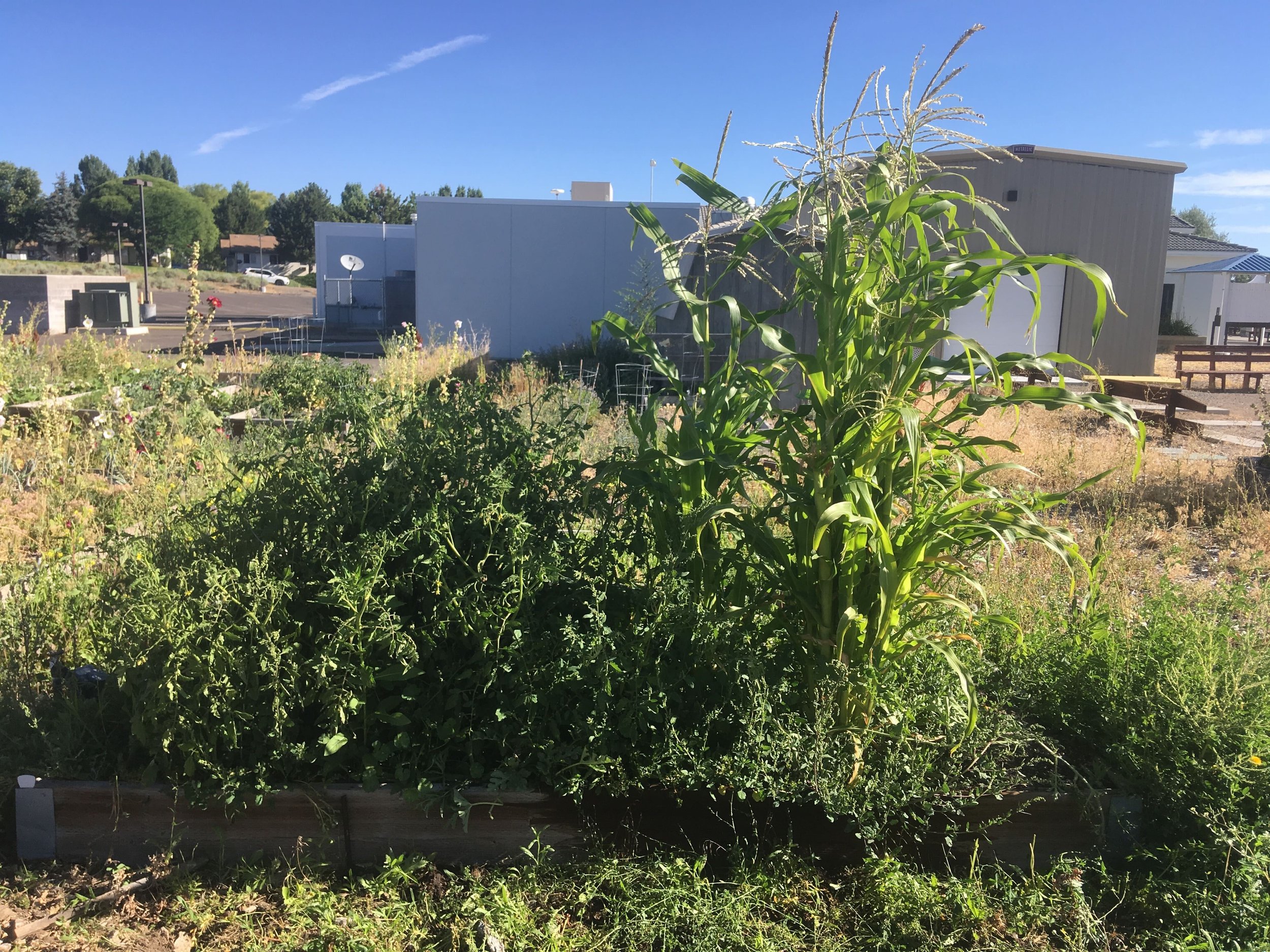


True, some of us live further from pavement than others and can get away from our homeplace obligations less frequently than others, but it's also nice to have those coffee chats while in town and know that someone will get you a casserole if you're down for the count or a grocery pickup because they're in the area. When it’s my time to reciprocate the grocery pickup, the offer "Going to Costco, if it fits, it ships," has admittedly also found me lost as sin in Ikea because "it would fit," because the display floor is a maze. (Don’t worry, I learned the back way into the pickup area and can speed shop with the best of them.). There are as many entry points into community as Saturday afternoon samples at Costco.
For many, the Western Folklife Center is that entry point to grow friendships and connection to the community and the area (there's an unofficial tally of marriages brought about by Let's Dance! and another for the National Cowboy Poetry Gathering; don't judge, we're suckers for a good story, ok). For others, it's the Gathering that brings them new friends, ideas, and a sense of belonging.
What are your adopted communities?
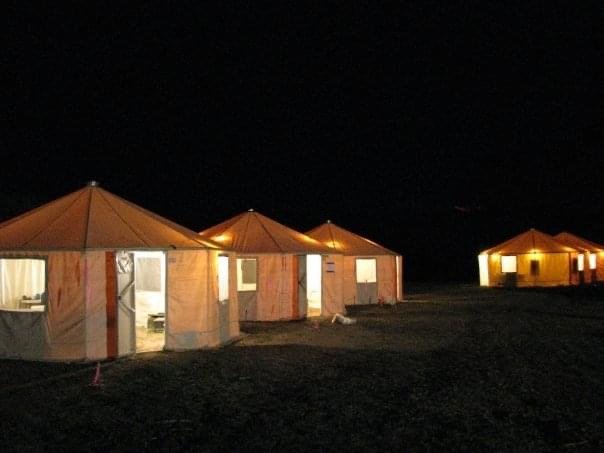
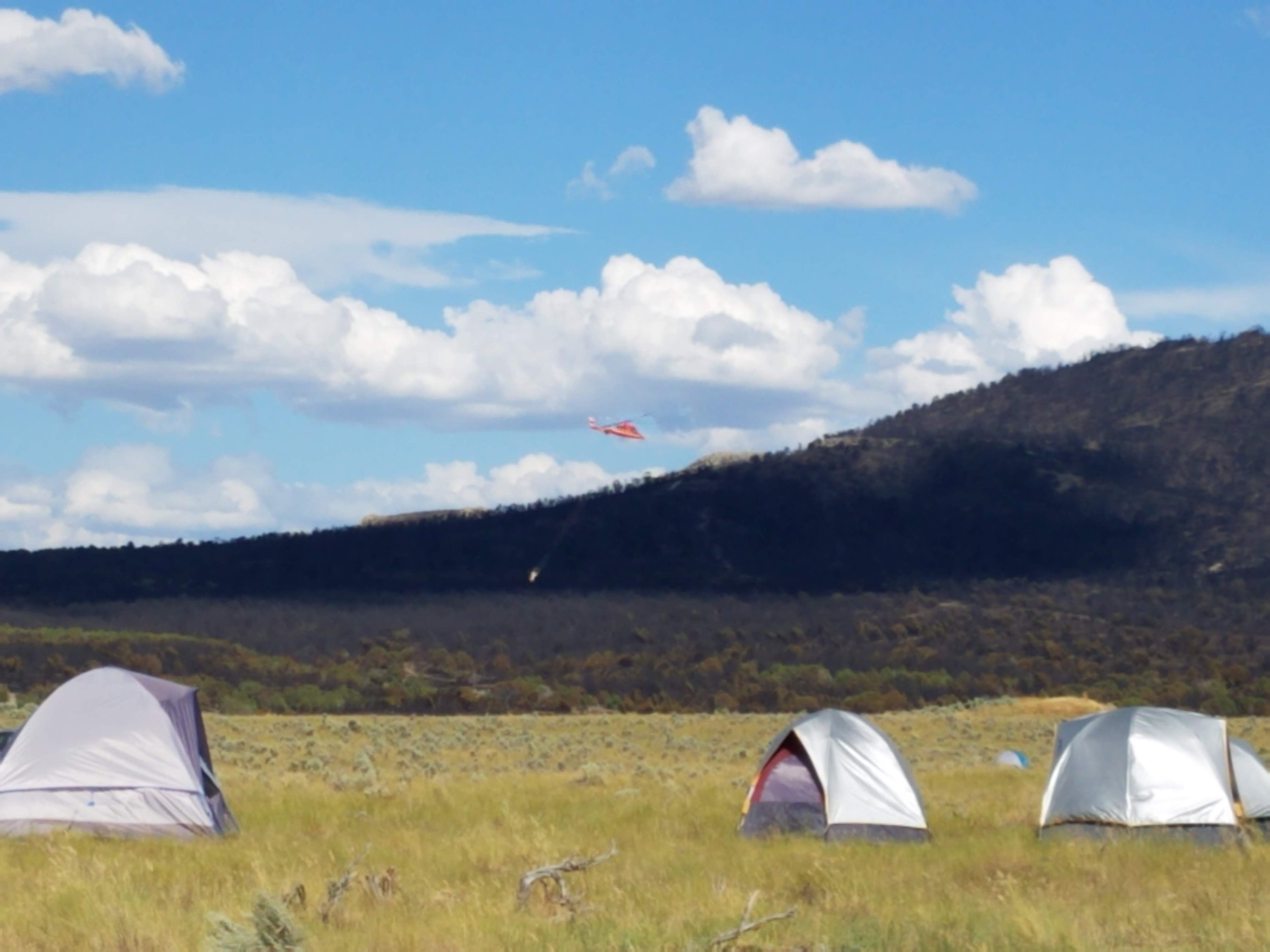
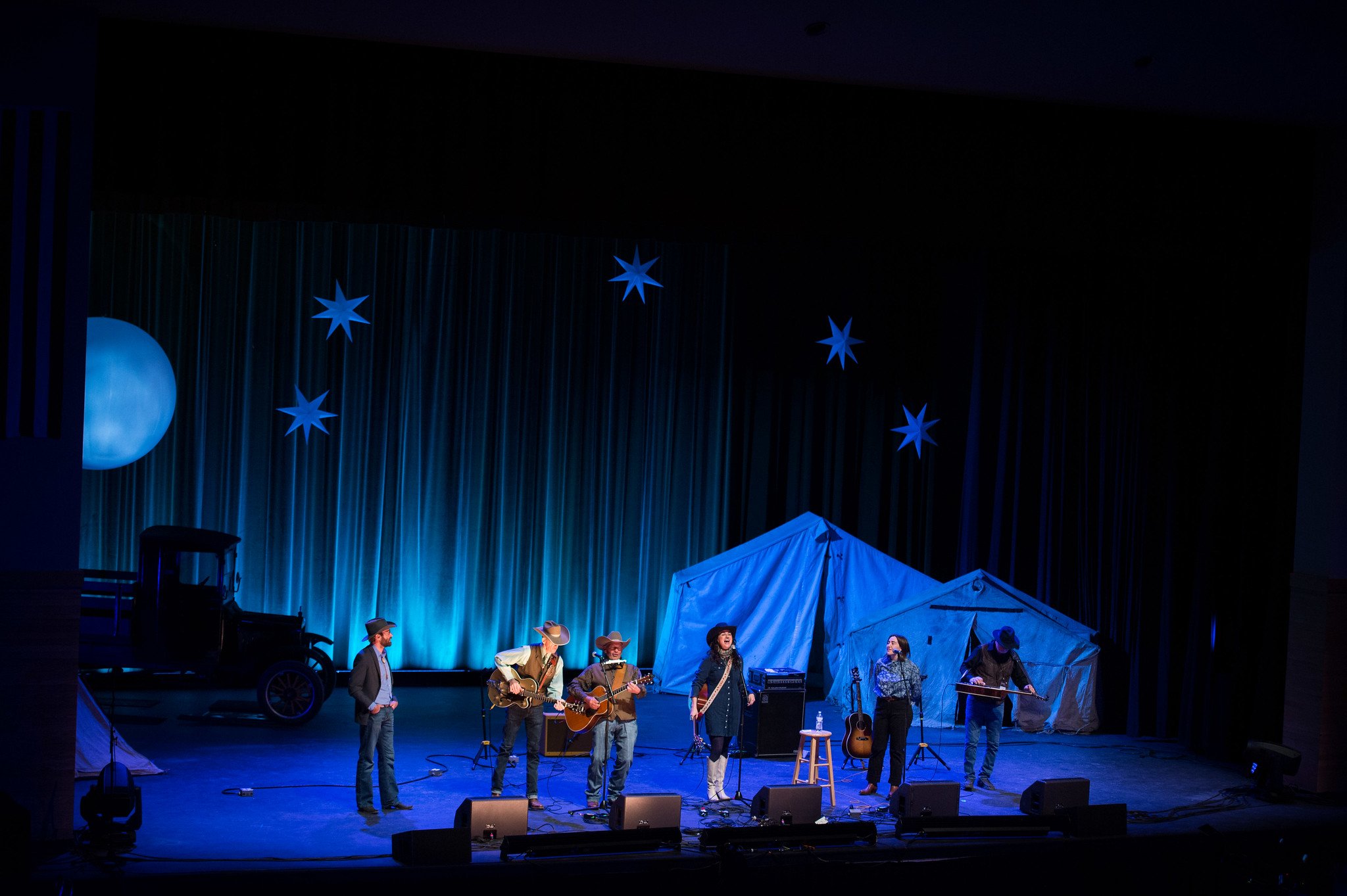
Robin is a wildland hydrologist who spends time keeping heavy equipment out of trouble on fire lines and restoring riparian systems when not slaying red tape and conquering mounds of paperwork. She also writes poetry. Robin likes to say that, for a hydrologist, she has a dry sense of humor. Robin also volunteers at the Western Folklife Center in many capacities. In addition to writing blogs, she designed our 2023 stage set (pictured above)—does it look familiar?







